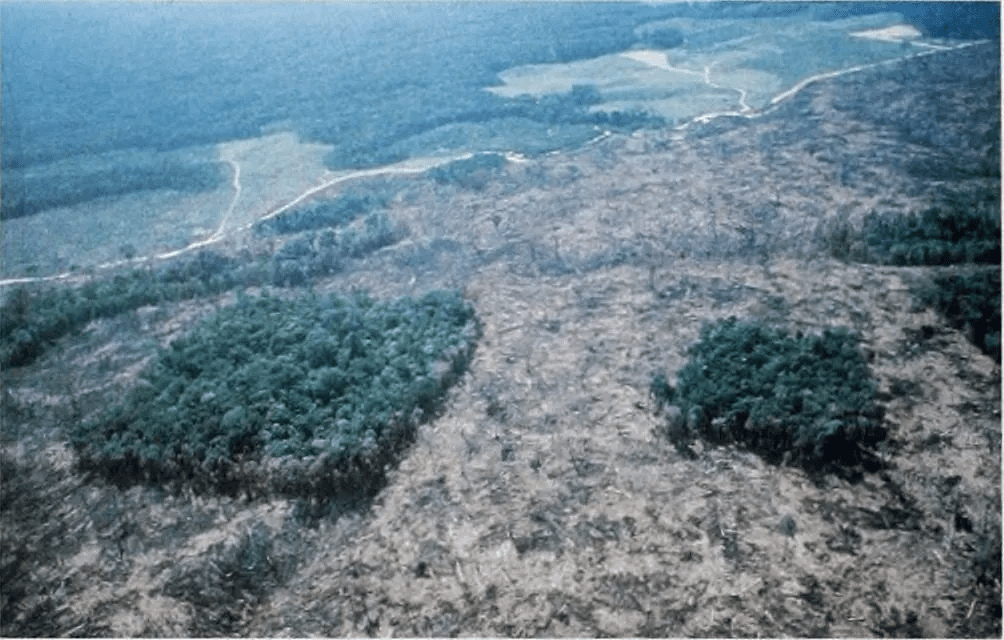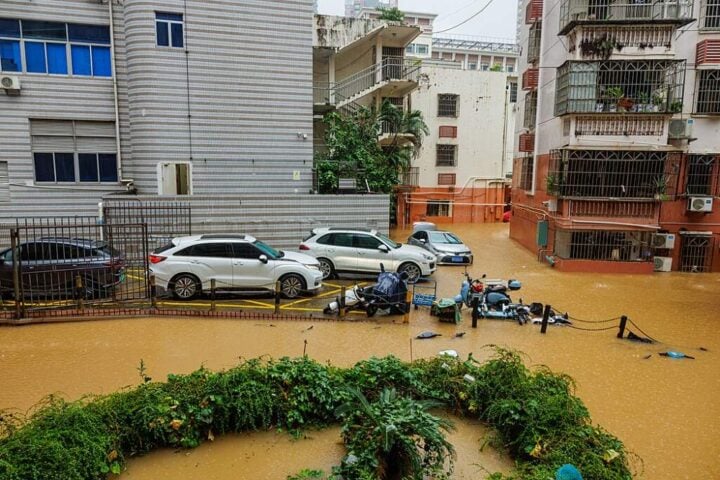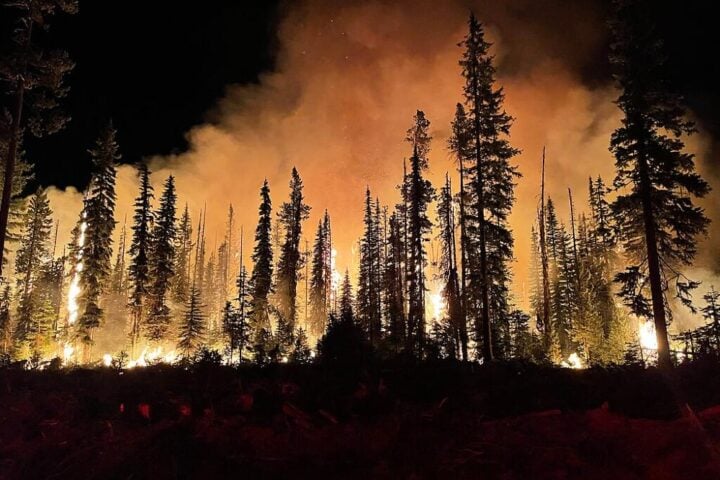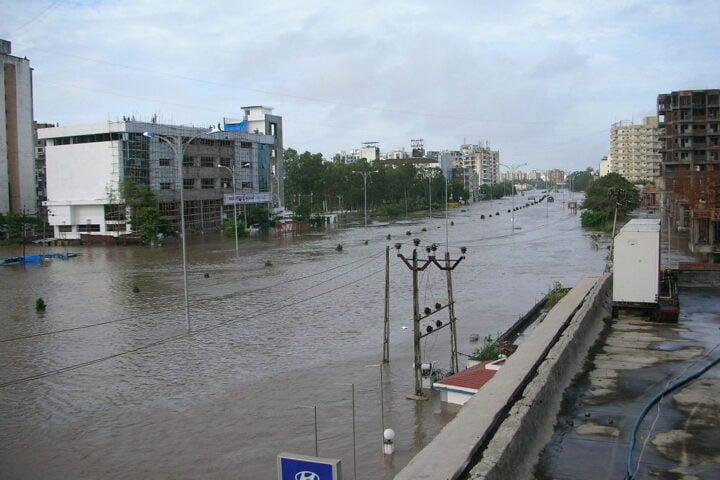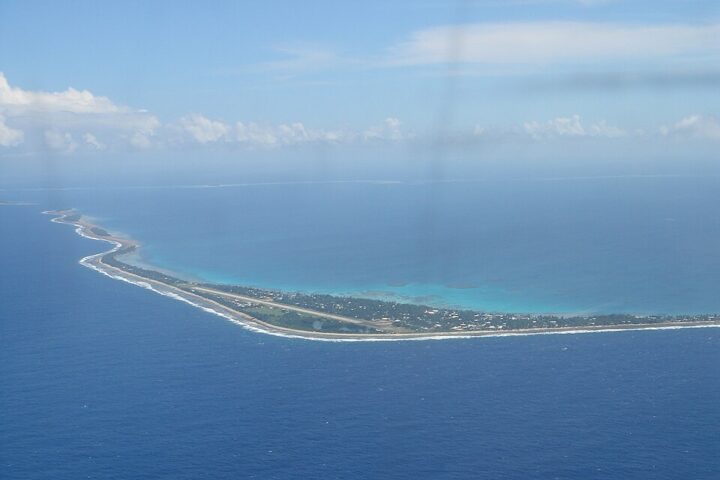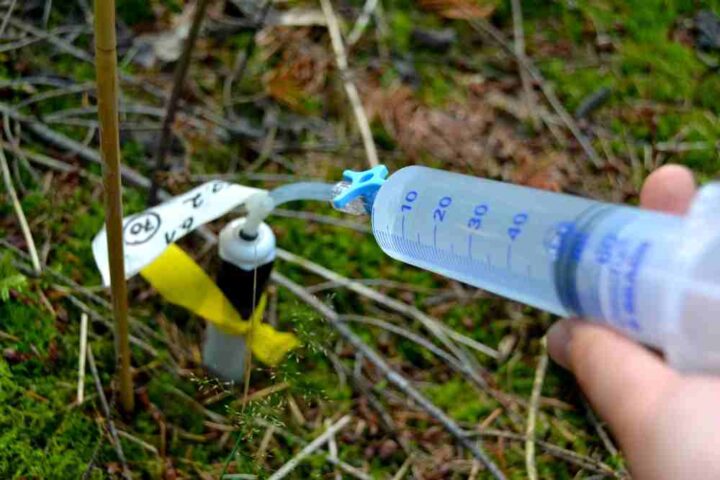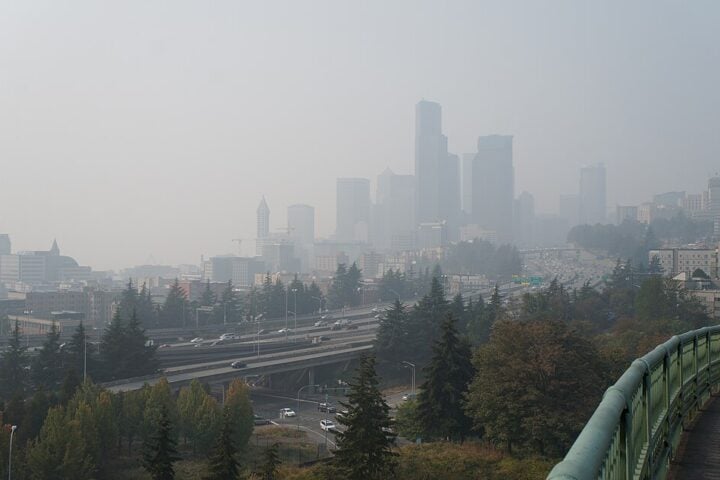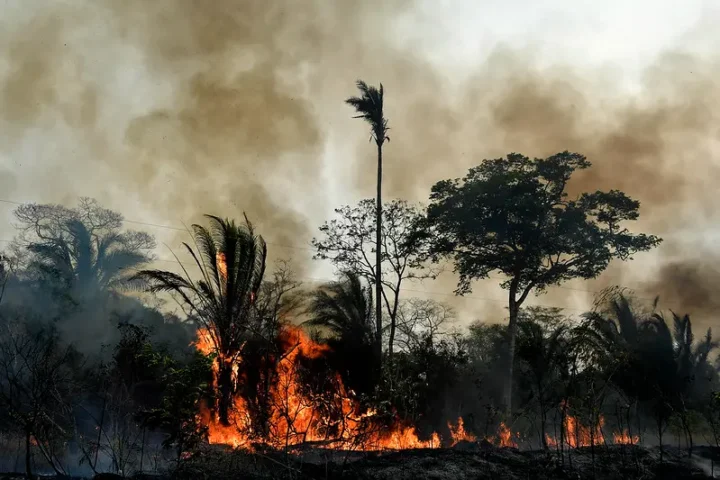Rapid deforestation in the Amazon rainforest, an essential carbon sink and a climatic tipping point, could have far-reaching consequences. A study by Saini Yang at Beijing Normal University in China and her colleagues found that the deforestation could influence temperature and precipitation over the Tibetan Plateau, 15,000 kilometers away. The researchers analyzed global climatological data from 1979 to 2019 to identify correlations in temperature and precipitation between the Amazon rainforest and other areas. Such links are called “teleconnections”.
Amazon’s link to the Tibetan Plateau
Since 1979, warm temperatures in the Amazon have correlated with warm temperatures over the Tibetan Plateau and the West Antarctic ice sheet. More precipitation in the Amazon was associated with less precipitation in those regions. The study found that when it rains more in the Amazon, it snows less in Tibet. Air temperatures in the South American tropical jungle affected regions along a 20,000-kilometer pathway, according to the study, which revealed the strength of the connection. The atmospheric and oceanic circulation patterns from South America to Southern Africa to the Middle East and finally to the Tibetan Plateau were all linked.
Tipping point
A tipping point is a critical threshold where large and often irreversible damage is done to the climate. The collapse of the West Antarctic ice sheet is a known tipping point. While melting snow on the Tibetan Plateau is not, the region is warming more rapidly than much of the rest of the globe, and changes to snow and ice there could have consequences for ecosystems and the billions of people that rely on its snowmelt for water. The study suggests that logging, road construction, and other stresses in the Amazon could influence the tipping point in the Tibetan Plateau.
Experts warn that reaching the climate tipping point would bring severe consequences that would severely affect entire societies. Teleconnections mean that there’s a higher risk the Amazon tipping point might set others off. It adds an additional potential domino that can fall.
The research confirms that Earth system tipping elements are inter-linked even over long distances, and the Amazon is one key example of how this could play out. Researchers used state-of-the-art climate computer simulations to figure out how climate change would warp long-distance connections until 2100.
Reduce greenhouse gas emissions
Co-author Professor Hans Joachim Schellnhuber of PIK highlights that the study underlines how severe the climate disaster could be. Tipping cascades are a risk to be taken seriously: inter-linked tipping elements in the Earth system can trigger each other, with potentially severe consequences. It’s unlikely that the climate system as a whole will tip, but over time, sub-continental tipping events can severely affect entire societies and threaten important parts of the biosphere. The solution is to rapidly reduce greenhouse gas emissions and develop nature-based solutions for removing CO2 from the atmosphere.
